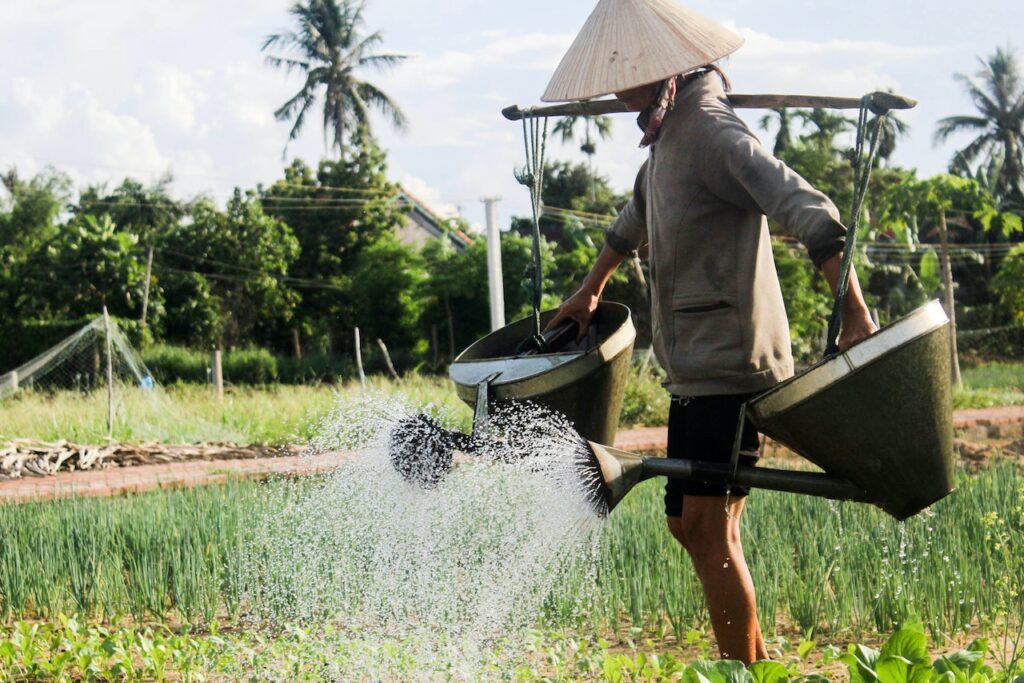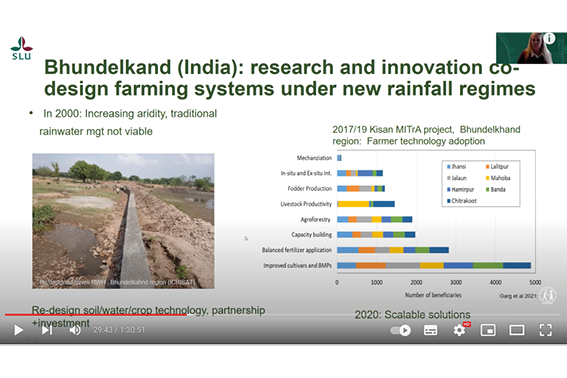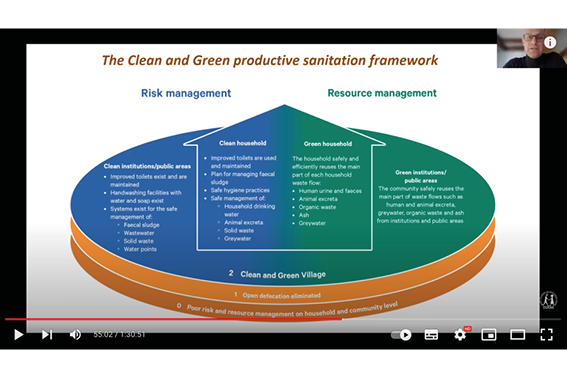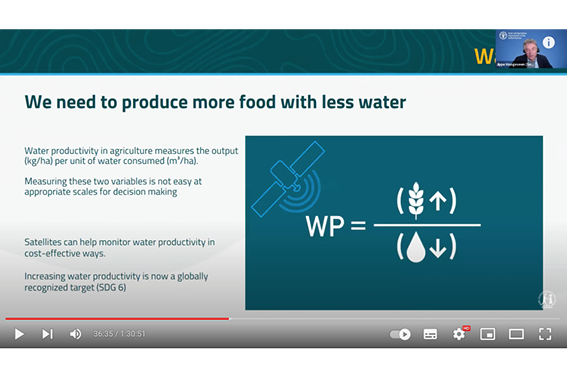Land and water systems are reaching a breaking point, threatening food and water security globally
At the opening session, Dan Ericsson, State Secretary to the Minister for Rural Affairs and Chair of the Swedish FAO committee, referred to FAO’s 2021 report on the state of the world’s land and water resources for food and agriculture to remind us of the situation we are facing and call for action to address water resources pressure for food and energy production. In the same line, Ismahane Elouafi, Chief Scientist at FAO, echoed these remarks by pointing out how agriculture, as we practice it today, is one of the main causes of water issues and noted that water-related sustainable development goals remain significantly off track.
“Science innovation and technology can help create new solutions and find smarter ways to produce more with less water” – Ismahane Elouafi
Cross-sector coordination to make use of untapped opportunities
“Underline the importance of collaboration at all levels, not only among stakeholders but between sectors”- Dan Ericsson
Jennie Barron, Professor of water management in agricultural landscapes in the Department of Soil Science and Environment at the Swedish University of Agricultural Sciences (SLU), presented examples of how researchers, together with policy and practitioner partners, are re-thinking synergies between agriculture and nutrition outcomes, and building food security under climate change with water storage.
To exemplify the need for solutions to harmonise nutrition outcomes in agricultural sustainable intensification, she presented the FAO and IFAD “Nutrition-sensitive Agriculture Water Productivity Project” results, evidencing that farmers in countries where agriculture water management projects were implemented, despite having a rich diversity of crops, still reported minimum diversity in their diets. These results indicate that efforts to increase water productivity need to consider improving water consumed (m3/ha) per output yield (kg/ha) and the nutritious value of that production.



